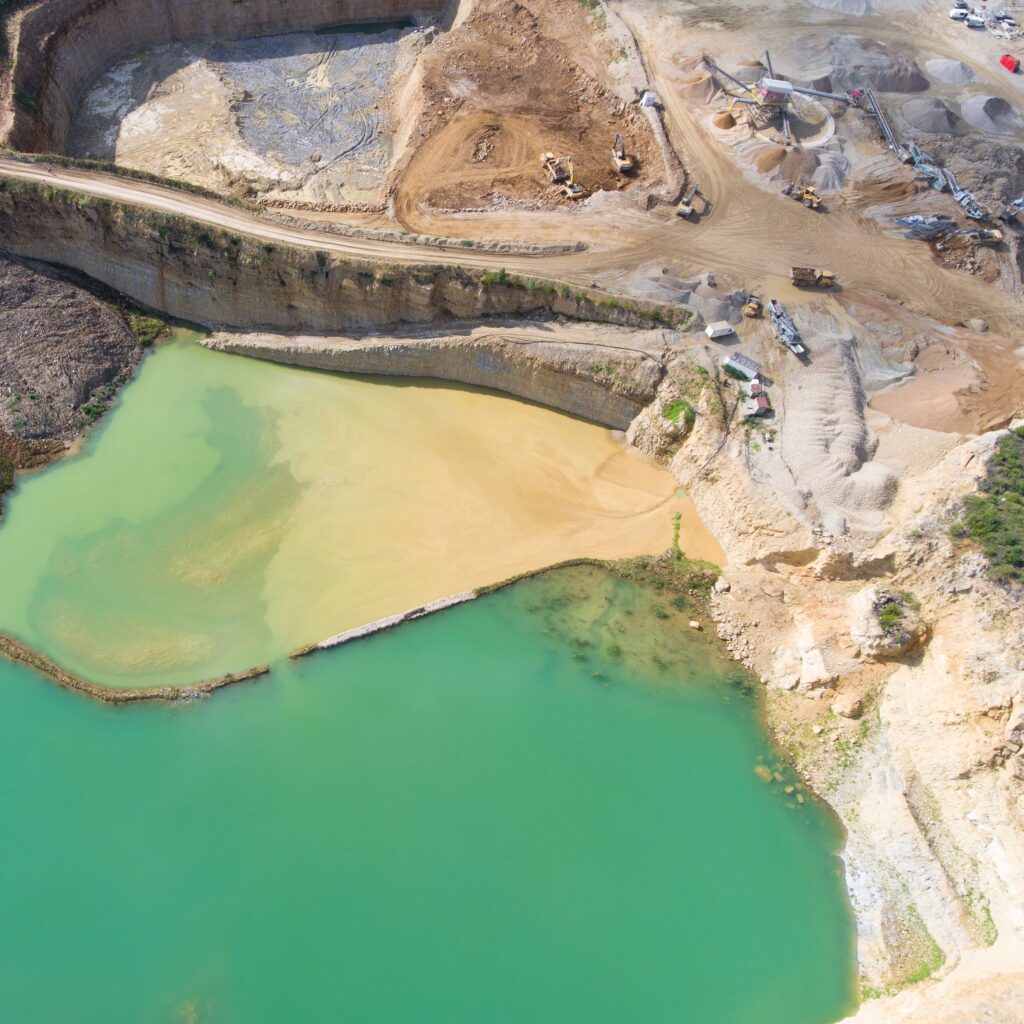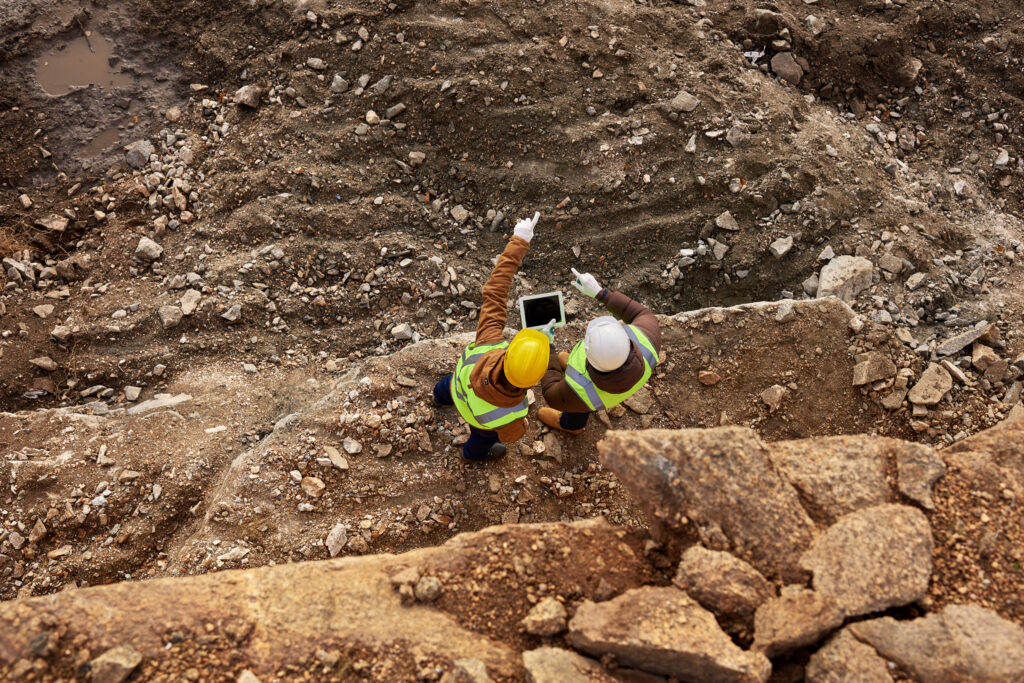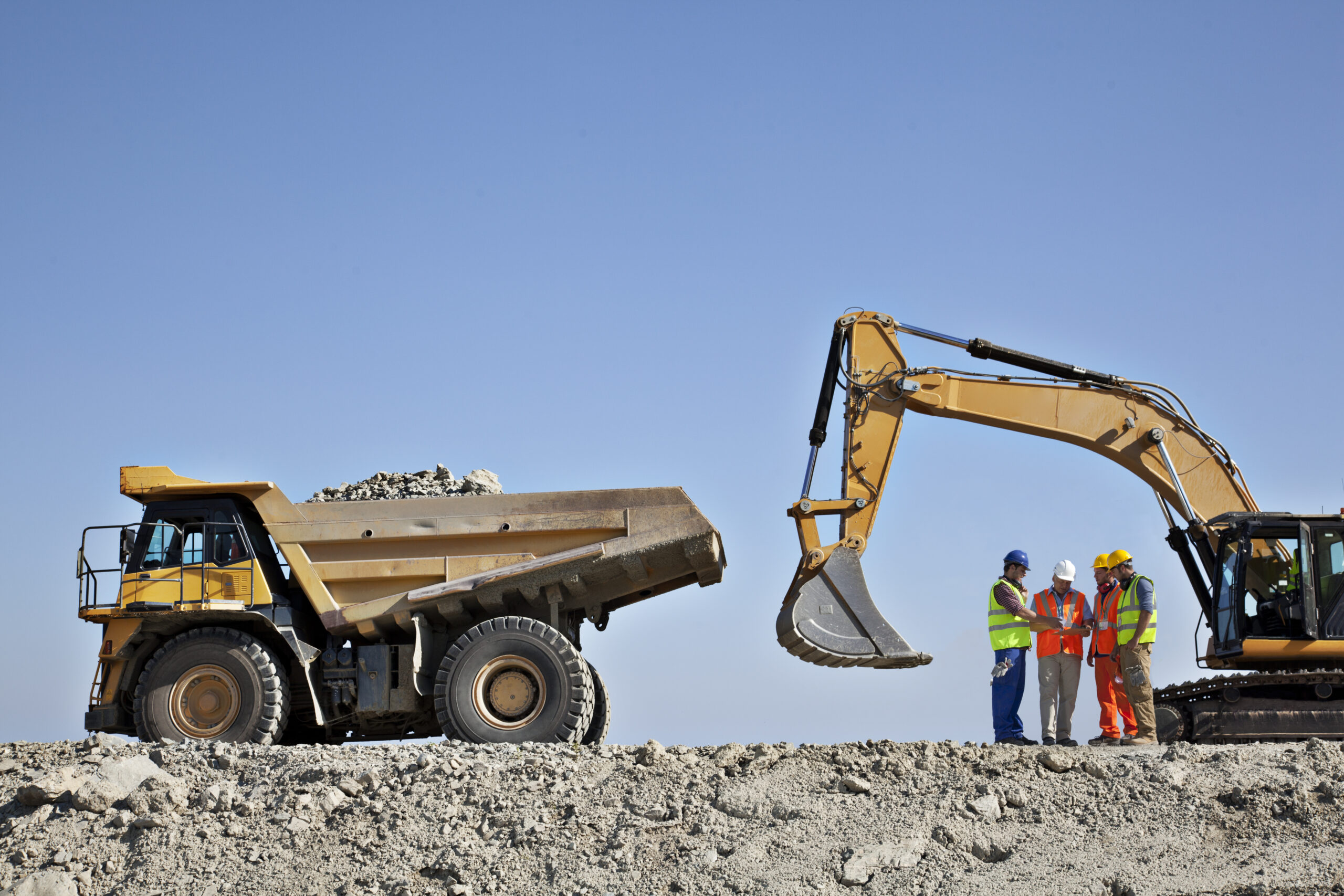According to recent studies completed by the International Labour Organisation, in 2020, hazards from workplace risk exposure resulted in nearly 315 million work–related, injury-causing accidents worldwide.
Risks are ever–present in every workplace, some more serious than others, however it is important that companies continue to strive to mitigate the presence of these risks to reduce the potential of unexpected or unplanned events.
For the protection of your employees from unexpected risks, we recommend a four-step risk management process that will help you to identify hazards, assess their risk levels, navigate ways to control those risks and ensure those controls remain effective.
Step one: Identify hazards
Common hazards can include repetitive manual tasks with heavy loads, machinery work, chemical use, extreme temperatures, or work-related stresses. Identify the specific hazards and risks in the workplace that may be hindering your workers from performing their jobs efficiently.
Putting together a list of all the hazards in your workplace by first inspecting your business, looking at the work environment and processes. Analyse the hazards that you can’t see, such as risks that will affect your workers mental health such as bullying or shift work causing stress. Next, talk your co-workers about their concerns, near misses and unreported incidents that they have experienced. Review all the information that is available from a range of other sources including information from industry professionals, regulators or historical data from your company.
By identifying these risks, you are also calling out all the gaps in your workplace where incidents can occur, allowing you to make a detailed assessment of the risks to determining impact and probability. Empower your employees by enabling them with the right tool to contribute with their own hazard identifications.
Step two: Assess hazards’ level of risk
Determine the level of risk posed by each hazard. Risks such as trip hazards can be easily mitigated by removing the hazard, but for more dangerous risks such as contamination or chemical damage, an ongoing assessment must be completed to identify the best ways to contain or mitigate the risk. For each hazard, assess the severity of harm it could cause, the likelihood of the risk occurring, what controls you are currently using and how urgently additional action needs to be taken. Simplify your risk assessments with a software solution that can assist with the completion of risk assessments and help you determine the best ways to control or mitigate those risks.
Step three: Control risks
Select controls that will mitigate or reduce the risk effectively by using a hierarchy of controls that ranks the types of control methods from the highest level of protection and reliability to the lowest.
It forms a step-by-step guide for effectively managing or mitigating the risk. Level one of the hierarchy means eliminating the hazard from your workplace. Level two controls rely on eliminating as many risks associated with the hazard as possible including substituting or isolating the hazard such as using different equipment or putting barricades around hazards. Level three controls rely on human behaviour and supervision such as using PPE or setting up warning signs. However, these are the least effective way to reduce risk.
Step four: Maintain effectiveness of controls
Risk management must be an ongoing process in your business and should be reviewed on a regular basis. With a Cloud-based software solution, you can access real-time information, graphs and insights to the effectiveness of your implemented controls. You can review your controls to improve operational processes. It’s important to reassess and review the risks in your workplace when you are aware that a control measure is not effectively containing the risk or when you identify a new hazard.
The above four-step risk management process works to eliminate the unexpected. By identifying all potential hazards, employees, managers and business leaders are armed with the knowledge of all the risks that are present in the workplace so they will never be taken by surprise. The right software solution will drive greater visibility and insights into an organisation’s safety culture for all managers and executives.
With INX InControl, a cloud-based EHS solution, you can increase your compliance and adopt a proactive approach to workplace health and safety. Manage everything from incidents to audits all in one place.














